12 years is a very long time in anyone’s calendar – and the PC gaming platform is a very different place to what it was in 1998. After that, the market was flooded with RTS games, spurred mainly by the success of Westwood’s genre defining Command and Conquer: Red Alert.
While fans are still waging war in multiplayer matches twelve years after the original’s release, the Zerg invasion finally continues in Starcraft II: Wings of Liberty, the first entry in the three-part sequel. Wings of Liberty’s single player campaign focuses on the Terran race and familiar faces like the now-outlawed Jim Raynor and the Queen of Blades Sarah Karrigan. But unlike the first game, your choices actually make a difference with branching mission structures, which allows you to guide the destinies of the characters. On the multiplayer front, fans playing the beta can already tell you that there’s also a ton to look forward to, including completely rebalanced classes, new unit types, a match replay system, and more.
StarCraft, essentially a sci-fi version of Blizzard’s early fantasy-based C&C rival Warcraft 2, could have been written off as yet another in a seemingly endless procession jumping on the bandwagon. But, with an appealing sci-fi setting and the twist of including three factions instead of two, it achieved a legacy which is almost unheard of in gaming.
To this day, it remained one of the most popular multiplayer games. In South Korea – where just last year the final of a professional tournament was televised on the national network – the fanaticism showed now signs of abating. Were it not for the arrival of its sequel StarCraft II: Wings of Liberty this week, it may never have.
OLD SCHOOL HABITS
In StarCraft II, you play as one of three races. The Terrans – humans with customisable, oversized, steam-punk mechanics and guns; the Zerg, hive mind Giger-esque insectoid monstrosities; and the Protoss – telepathic, telekinetic aliens with hyper-advanced weaponry and the smugness to back it up.
As RTS games go, StarCraft II is a very traditional affair. The basic mechanics will be instantly familiar to anyone who’s ever played a game in the genre. If you exist in the tiny demographic of PC gamers that haven’t, it goes like this…
You then use said military units to blow the enemy into its component atoms before tapping out one of many fine ‘noob’ based insults you’ve been working on. Happy days.
The mechanics are so familiar that experienced gamers may baulk at how old school the whole thing looks at fist glace. The unit renders themselves are tight enough, but at initial impressions stage, the various planetary environments, while nice looking, are pretty cdn.static.
The economy model is totally unchanged from StarCraft, and the whole scale initially hits you as a little petit compared to the vast continent-sized battlefields of the Supreme Commander franchise.
However, these aesthetics are deceptive. While the basics are… well, basic, the sheer wealth of units and their abilities get complicated enough as the game progresses. The complexities are in the gameplay itself, in the strategies you employ – not in the layout or economics. And a dip into the multiplayer arena shows just how much room there is for interpretation. But more on that later.
WHEN IT RAYNORS IT POURS
The plot picks up where the StarCraft add-on Brood War left off. Set around 500 years in the future, you play through the eyes of Jim Raynor – a refugee and with a cowboy’s swagger who’s been on the run causing terrorist/freedom-fighting shenanigans since the events in the first game, where he fell out with the tyrannical emperor of the human race.
Raynor has a bit of a chip on his shoulder. In the last game the love of his life, special ops assassin-type Kerrigan, got captured by the Zerg. She was brainwashed and then physically mutated into a super-strong villainess, who then took over as ruler of the insectoid race and stopped just short of wiping out all human life in the galaxy. Tsk, women, hey?
The emperor himself, Mengsk, is a sort of space hick with a Texan drawl, who was busy spending the empire’s resources on tracking down Raynor – until the Zerg menace reared its salivating head again after four years of remission. As a result, everyone goes for their guns.
The storyline is pretty complex for a video game, and while it is sometimes blighted by the usual cheesy dialogue you’d expect from the medium, it’s engrossing enough that the frequent CGI movies which roll the story along throughout the campaign never feel like an imposition.
Wings of Liberty’s single-player campaign is mainly concerned with the Terran perspective, and the 30 or so missions will see you defending convoys, holding out from invasion until an evacuation can be arranged, espionage into enemy territory with a couple of elite units, or just levelling an Zerg base Raynor doesn’t like the look of.
It’s basic enough stuff, certainly to start with. In fact, some of the missions could have come straight out of the original Command and Conquer, but they do get much harder and more engrossing later on. If you’re an old vet at these sorts of games, whack it on hard and you’ll find it to be a very enjoyable, if retro, experience.
Between missions, there are now something akin to RPG elements. Aboard Raynor’s flagship the Hyperion, you can buy mercenaries, adapt weapons, and conduct research on alien artefacts – all of which yield advantages in later missions.
Sometimes this element seems a little like window dressing, and the degree to which you can customise the outcome of future missions can be overstated. But it’s a nice little touch, and overall adds a certain depth to the campaign.
That said, StarCraft didn’t remain one of the most played games for 12 years because of its single player campaign. The real meat of StarCraft was, and remains, the multiplayer.
FRIENDLY FIRE
The multiplayer beta of WoL has been available for some time now, and has gained a pretty strong following already. This is where the developers earn their money. The three races manage to remain so utterly distinct, yet perfectly balanced.
Even in early stages of combat with the game’s most basic units, the balance is there. Whether you choose Terran, Zerg or Protoss, it’s always a fair fight. (If you can imagine a fair fight between a fat bloke with a gun, a ten foot acid-salivating lizard, and a growling mystical alien that likes punching people in the head with light sabres for knuckle dusters.)
It’s here that your own interpretation of play becomes all-important. Early on in playing multiplayer, I’d just gotten used to having my arse handed to me by Zerg players, who would send an early rush of Zerglings in to take out my Terran SCVs (worker units) before they’d got a chance to finish their cornflakes – let alone get an effective war machine up and running.
Trying to counter this tactic – this time against the Protoss – I got a quick squad of marines out before anything, at the cost of early production and further SCVs. No attack came. Upon a brief, tentative scout, I happened upon a Protoss pylon just outside the end of my base – and beyond that, a row of photon cannons.
My foe had sent off a drone as soon as the game started and hemmed me in. He nearly had the game wrapped up without even building a military unit. He got served in the end, I’m proud to say – but it just goes to show how the game allows you to throw a different spin on proceedings, even at this early stage of its lifecycle.
You’ll get to learn which tactics work best for you. Will you concentrate on building a lot of barracks straight away and rustle up a massed marine/marauder strike force quickly? Or will you turtle up and sit behind your defences until you’ve prepared a devastating fleet of massed Protoss Void Rays? Either way, prepare for it to be countered. If there’s one this the multiplayer game isn’t, it’s forgiving.
The best players learn to adapt quickly, and take full advantage of some of the more powerful unit’s special abilities in the heat of a battle. These include the Protoss Templar’s psyonic storm, which can cause havoc in the middle of an enemy rush, and the Terran Ghost’s ability to laser in a strategic nuke attack at the heart of an enemy’s defensive line. It’s tough to start with, but you don’t mind losing – with the replay functions there’s always something to learn in defeat.
And when it all starts to click, you begin racking up the wins – and it’s all the sweeter for your previous sweat and tears.
ECONOMIES OF SCALE
It has to be said, fans of much larger RTS games involving sometimes eight times the unit cap of WoL may find it a little on the small scale. We’re fans of larger scope games like that, but there are equal pitfalls to that sort of sized game.
The fact that you don’t have to spend an inordinate amount of time on an ever-more demanding economy – like a sweaty accountant watching the mushroom clouds from a back office – is certainly welcome here.
In StarCraft, you never have to worry about resources to such a degree that it distracts from the actual business of blowing the sh*t out aliens – which, let’s face it – is all any of us really want.
The smaller scale is a trade-off that facilitates the lightning-quick pace of the game. Any larger and that speed – and the ability to micro-manage individual unit’s special abilities – would be lost. And that would significantly detract from StarCraft 2’s strengths.
CAUGHT IN THE .NET
The way in which the game was launched meant no pre-release press versions were available for review, meaning there has been a fair bit of comment board spluttering before any official reviews had a chance to come out. In this context, it seems right to address some of the most common complaints we’ve seen.
There has been some controversy from the off about how Battle.net works, about its matching system, its reliability, and its entire validity as an online gaming platform.
In our opinion, the system is a good one. On a simple matchmaking system it’s smooth, quick and seems to be effective at finding opponents on the same level. When compared to the nightmare of other online PC multiplayer gaming options, it’s practically a dream.
Up to eight players can be matched up in seconds with a few mouse clicks, while an Xbox Live-style buddy list lets you create parties to take the war around the net as a group.
The question of why Blizzard tied even the single player game quite so stringently to an online platform is a valid one. But realistically the benefits outweigh the negatives.
It’s true you can’t play the game without an internet connection – but honestly how many people out there have a computer capable of playing new release games, but don’t have an internet connection?
Making Battle.net such a required element is a Blizzard’s choice – but the degree to which software is tied onto online portals is an issue for the wider PC gaming industry.
The world is a very different place now to what it was 12 years ago – and the fact is the PC as a games platform is increasingly going this way. If you’re the sport of person that resents committing themselves to such a portal as Battle.net, or signing up at all, this may annoy you. But we didn’t find it a particularly intrusive or inconvenient experience at all.
OTHER NIGGLES
There are two more SCII expansions coming down the line – one focusing on the Protoss and one on the Zerg. Again, Blizzard has taken a bit of initial flack for providing a ‘third of a game,’ but these complaints are somewhat less valid.
The single-player offering features a 30 mission campaign representing many, many hours of gaming. On top of that, there’s full working multiplayer, a complete map editor and even more far-reaching customisable features. Only those with disproportionately high expectations could consider Wings of Liberty anything other than a full game.
The other main genuine complaint is that the game has the potential to be a bit buggy at times. This is a fair point, though really it’s very rare that a software crash occurs – and we understand Blizzard are working on it with a patch very soon.
These sorts of very minor tech issues are par for the course in PC gaming, but the publisher has always been good at updating and tweaking games in the past – and there’s no reason to believe it’s going to stop now.
GREAT EXPECTATIONS
StarCraft II: Wings of Liberty is in many ways is the culmination of the RTS genre to date. It takes the best of what has come before, and tightens it up into a totally accessible, yet deceptively complex pinnacle.
Like all great games – be it chess or Counter Strike – its easy to learn, and very difficult to master. It’s traditional, slick, accomplished; perfectly balanced gameplay will likely keep it on the competitive gaming scene for many years to come, and with good reason.
Minor niggles such as a slightly dated look and a smaller scale than we’ve seen elsewhere are the price of such smooth-running gameplay – and the micromanagement that allows room for interpretation and playing style is a treat.
Ultimately, it’s a price worth paying. As one of the most anticipated games of all time, Blizzard had a great deal on its shoulders with this. We’re pleased to say it doesn’t disappoint.
Source: Gamespot

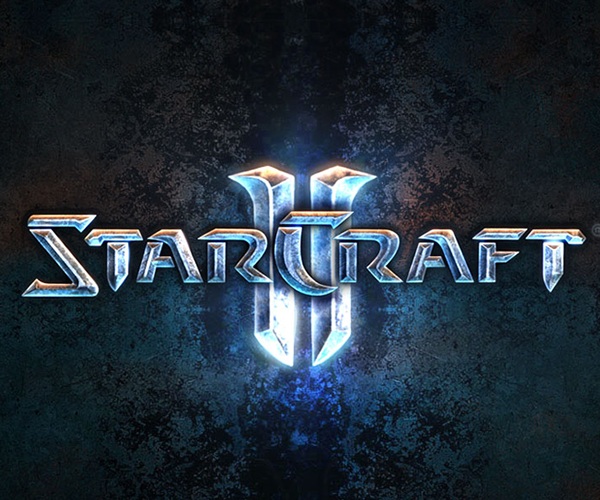
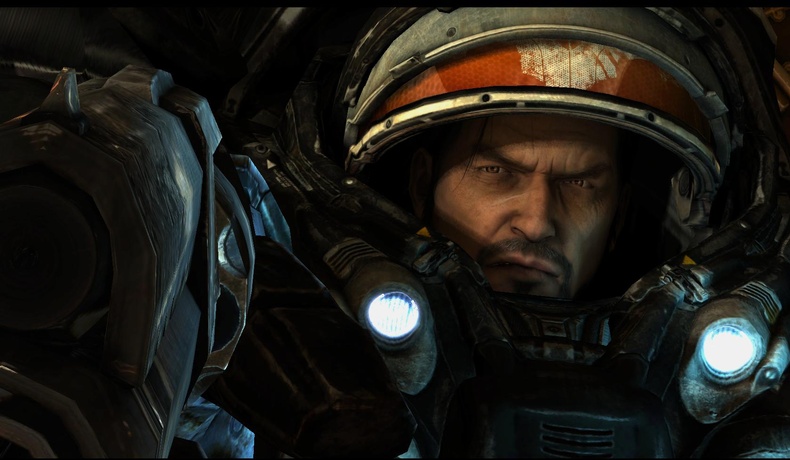
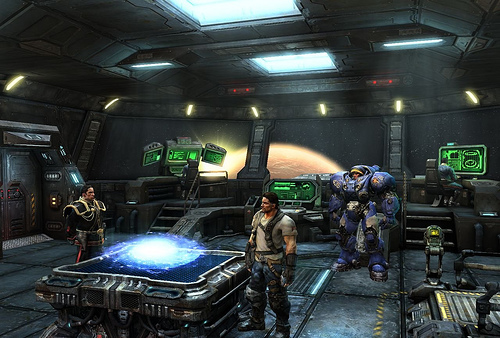
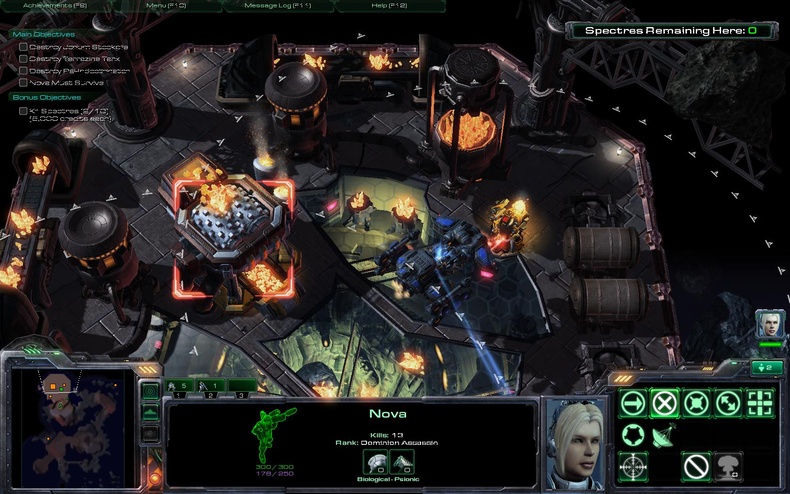
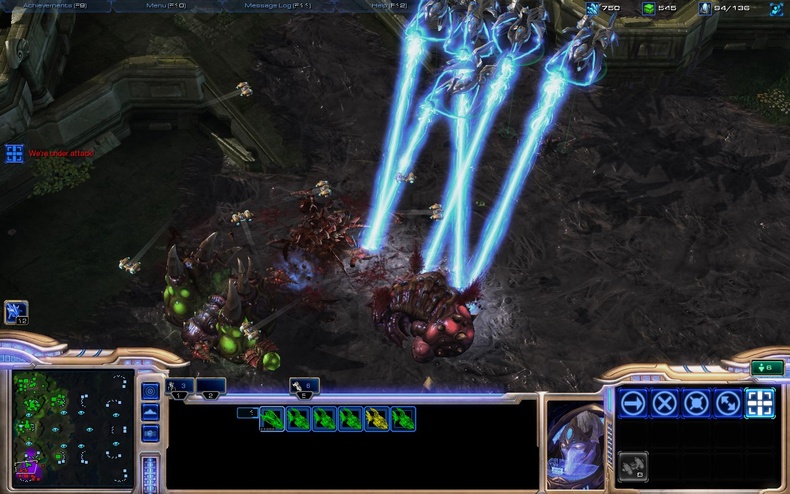
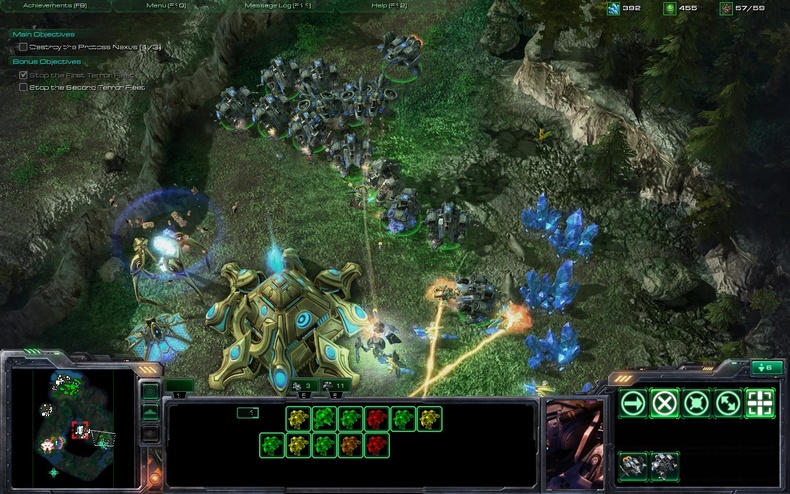
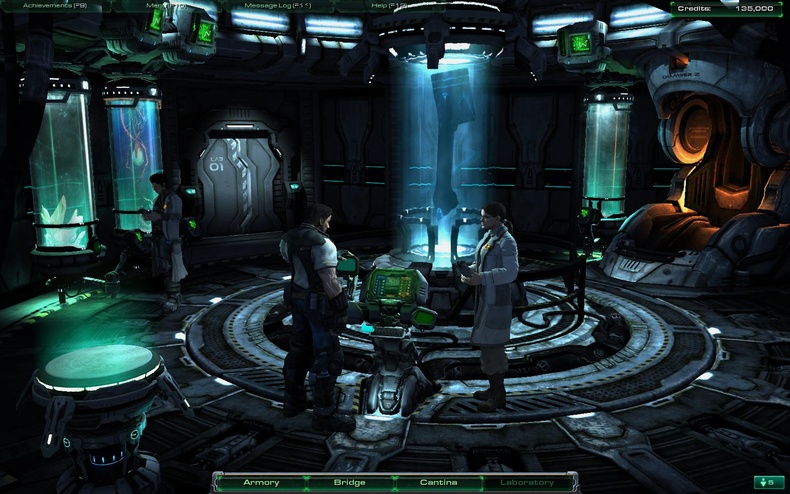
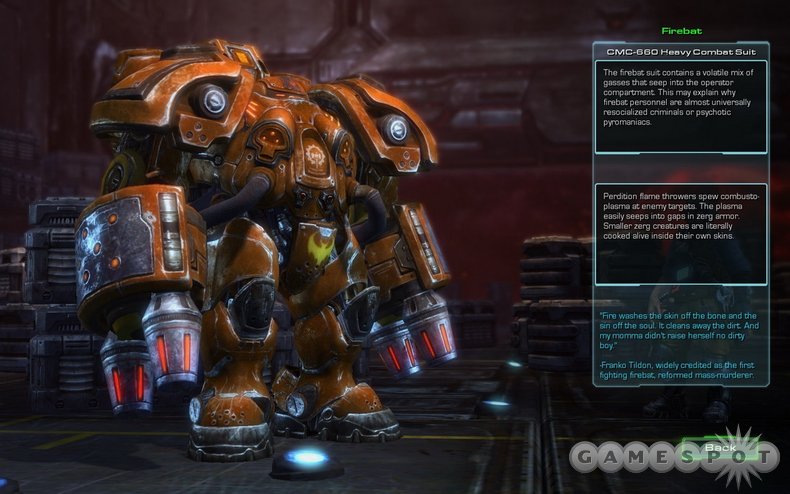
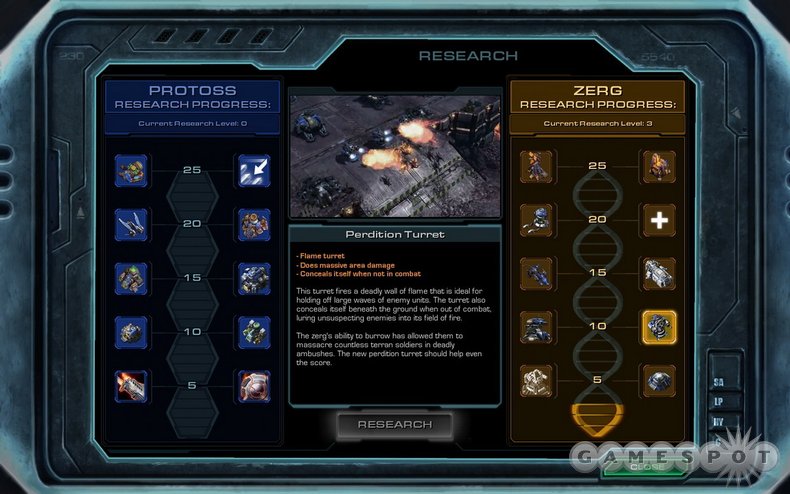
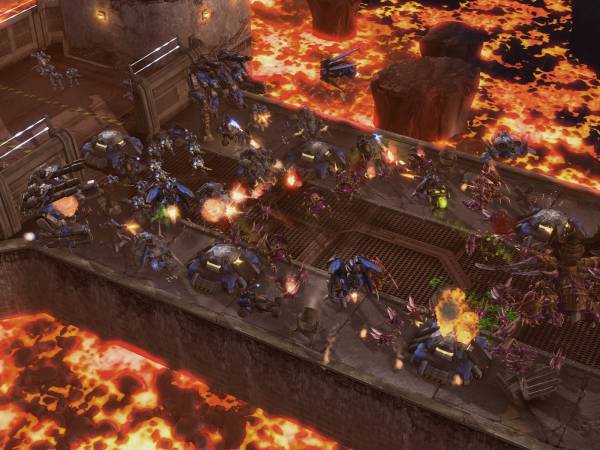
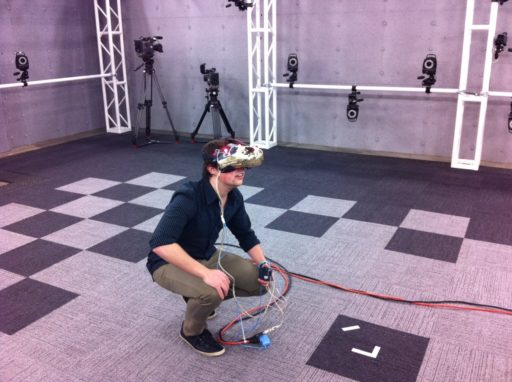

You should check more diligently for spelling errors. I didnt keep reading bc it stopped me when I saw the second error. It’s “Kerrigan” and “Vespene”. I didnt even get through the first few paragraphs because you made it clear you didnt know what you were talking about with those blunders.